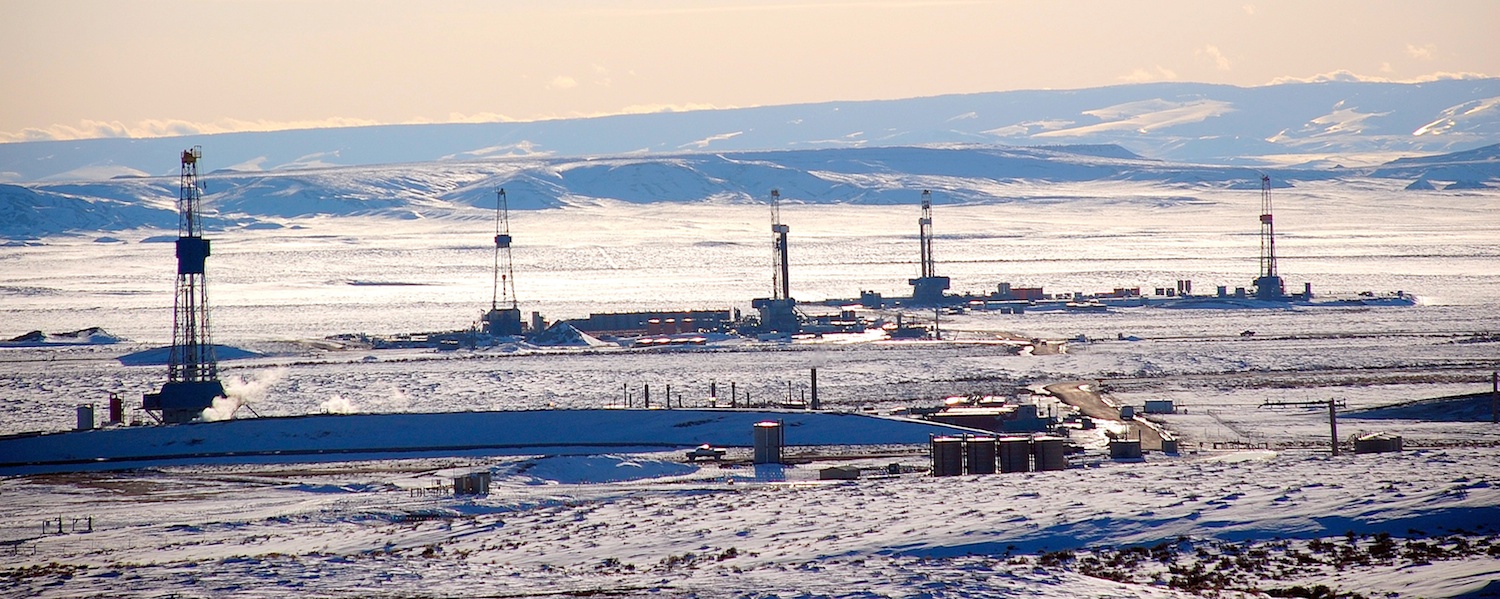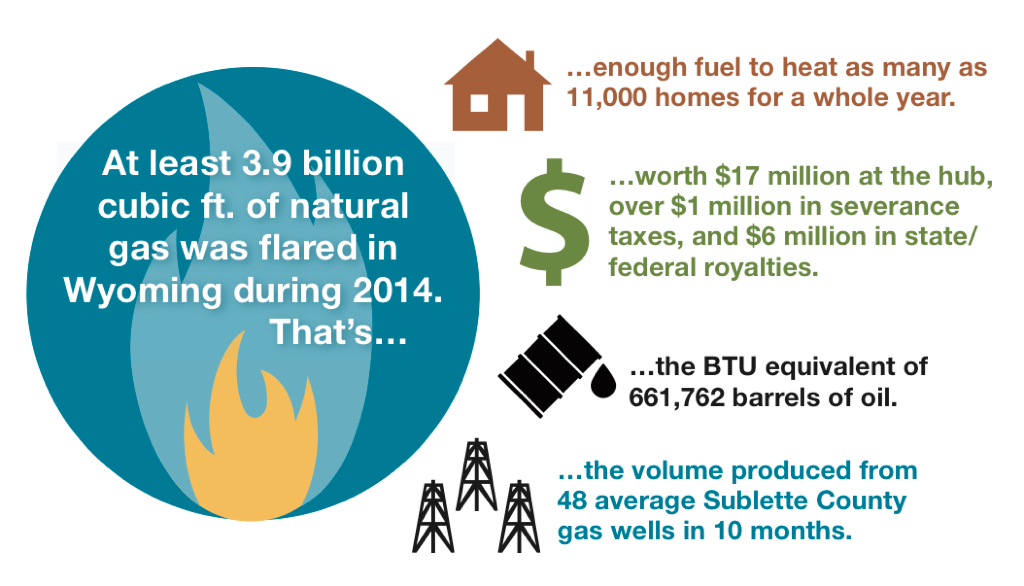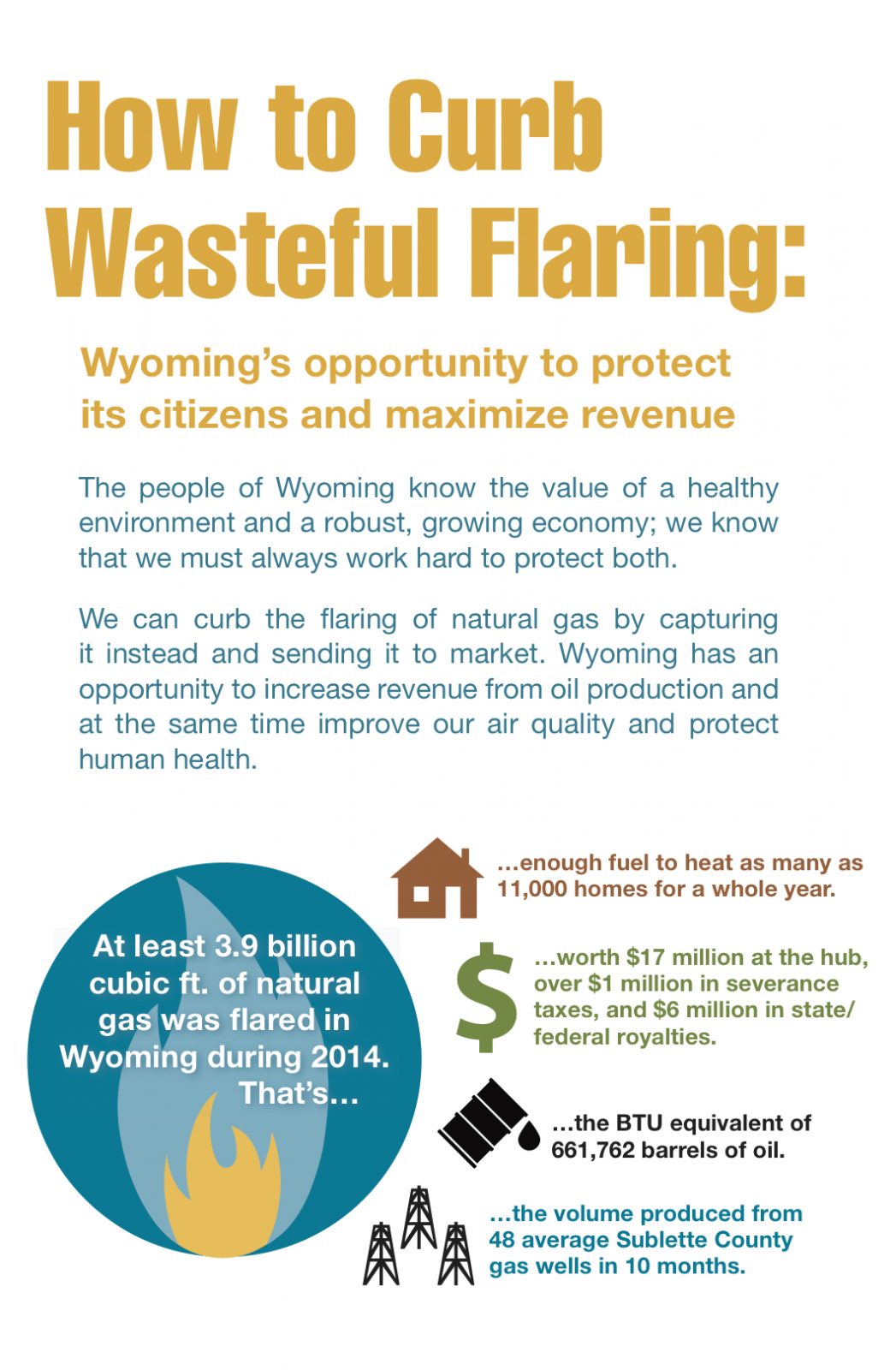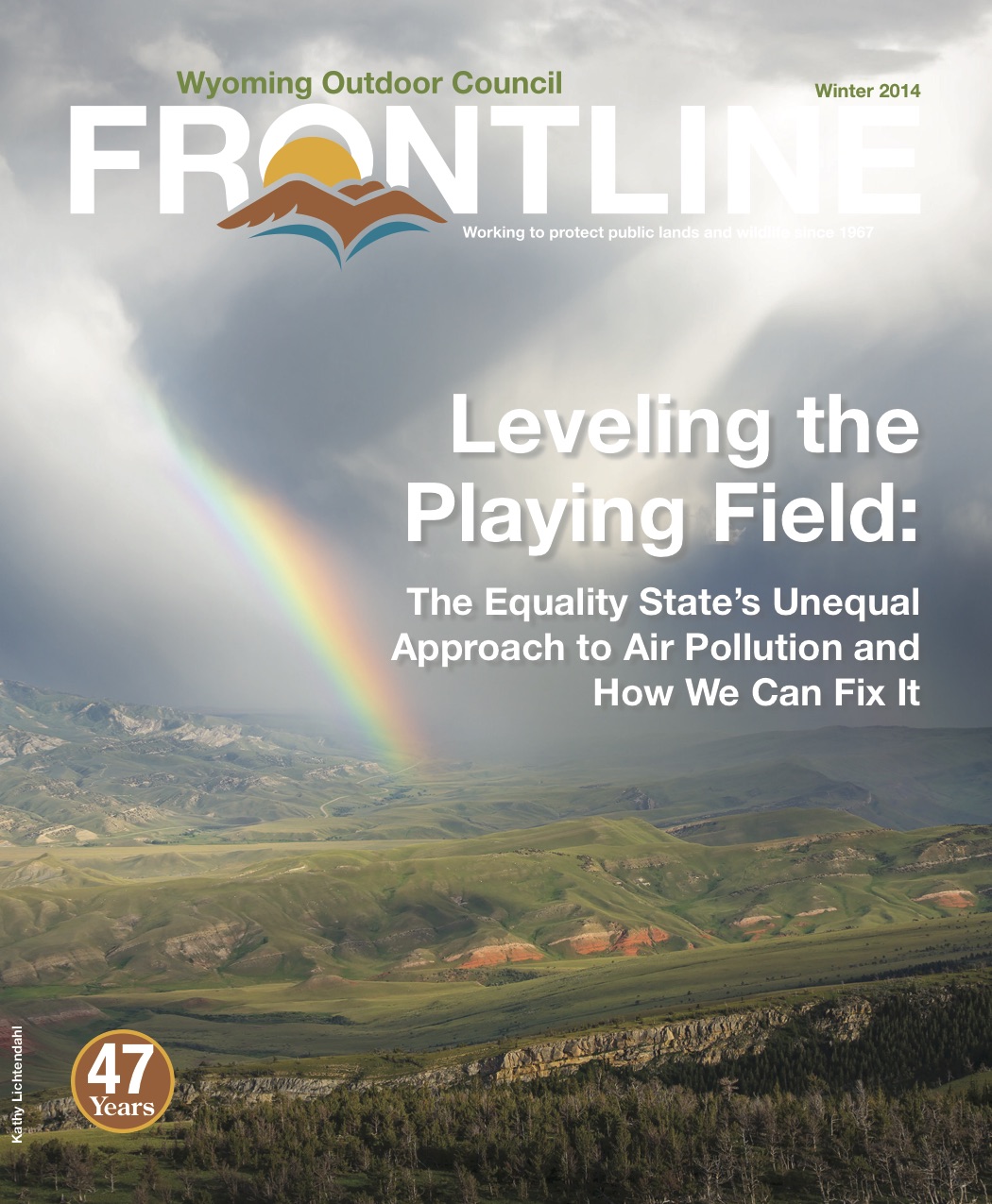FOR IMMEDIATE RELEASE
May 19, 2015
Contact:
Kelsey Robinson, (512) 691-3404, krobinson@edf.org
Chris Merrill, (307) 349-7288, chris@wyomingoutdoorcouncil.org
Bold New Rule Cuts Oil and Gas Air Pollution in Wyoming
To improve regional air quality, state leaders target pollution at existing oil and gas sources
PINEDALE – The Wyoming Environmental Quality Council today approved a new rule to reduce pollution from oil and gas activity and improve air quality in the state’s Upper Green River Basin.
“This is a landmark day for clean air in Wyoming, which joins a select group of leading states who are tackling air pollution from existing oil and gas sources,” said Jon Goldstein, Senior Policy Manager at Environmental Defense Fund. “. Governor Mead, the Environmental Quality Council, and the Department of Environmental Quality deserve praise for a strong, fair, and sensible set of requirements that will significantly reduce air pollution in the Upper Green River Basin and better protect the health of local residents.”
As oil and gas activity in this region of Wyoming has expanded, so too have levels of unhealthy smog. These pollution levels caused the area to fall out of compliance with federal ozone standards. The rule approved today is one of only a few across the country that require operators to apply pollution controls not only on new wells and compressor stations, but also to retrofit old equipment. These cost-effective strategies received support from conservation groups, energy companies and local residents across the region.
“This new rule will protect the people who live and work in the Pinedale area,” said Bruce Pendery, Chief Legal Counsel with the Wyoming Outdoor Council. “This community has waited a long time for the state to get this pollution under control. The measures approved today should go a long way toward accomplishing that goal and protecting public health. None of this would have been possible without local citizen involvement and a general willingness on the part of all parties involved to collaborate and come up with a solution that just about everyone could agree on.”
This EQC’s decision underlines Wyoming’s role as a leader in developing solutions to the risks posed by oil and gas development
“This rule reflects a strong, Wyoming-developed solution,” Goldstein said. “This decision can form the template for better statewide controls on both new and existing sources of pollution as oil and gas development dramatically increases in new parts of the state.”
###
Environmental Defense Fund (edf.org), a leading international nonprofit organization, creates transformational solutions to the most serious environmental problems. EDF links science, economics, law and innovative private-sector partnerships. Connect with us on our Energy Exchange blog, Twitter and Facebook.
The Wyoming Outdoor Council (website) is Wyoming’s oldest independent conservation organization. We’ve worked for more than four decades to protect Wyoming’s environment and quality of life for future generations.




 As the state finalizes new setback rules, which will help regulate how closely oil and gas development can occur to homes, I want to address some assertions made in
As the state finalizes new setback rules, which will help regulate how closely oil and gas development can occur to homes, I want to address some assertions made in 


